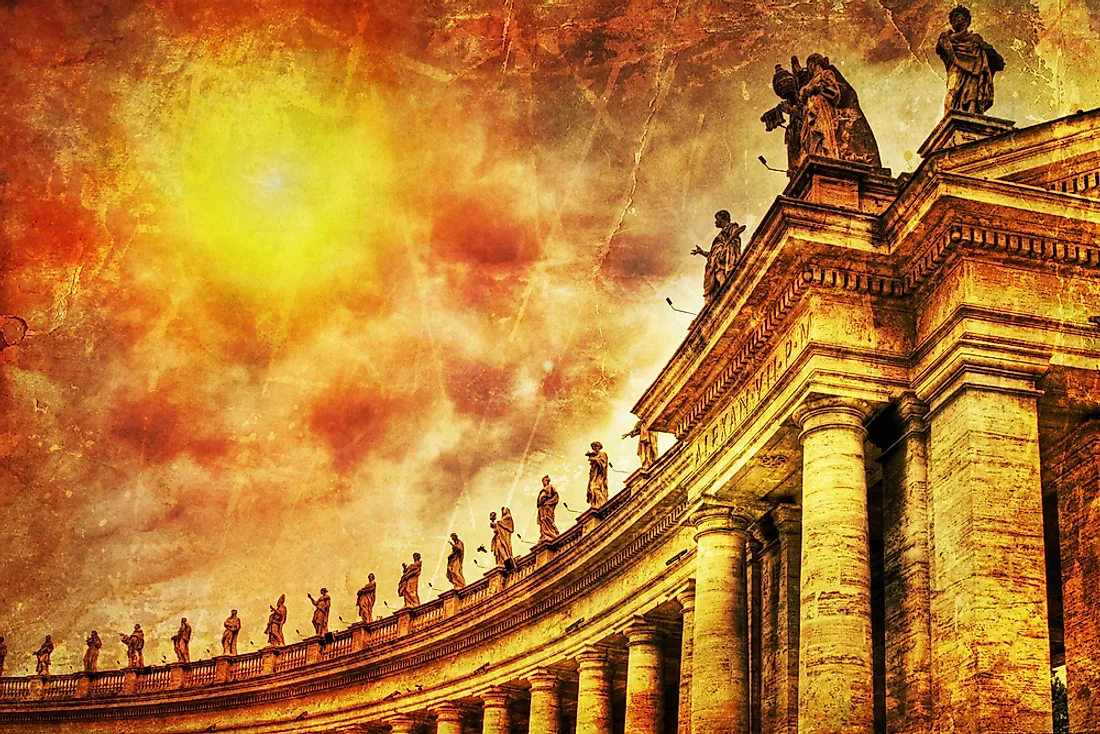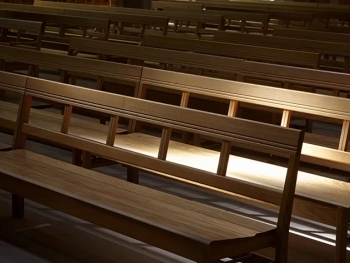As Rome burned in 64 AD, Emperor Nero's actions and demeanor would forever etch his name into the annals of history, painting a picture of a ruler who fiddled while his capital succumbed to flames. The Great Fire of Rome, as it came to be known, lasted for a devastating six days, consuming vast swathes of the city, leaving thousands homeless, and sparking widespread panic and despair among its inhabitants.
Nero's response to this catastrophic event has been a subject of controversy and debate for centuries. While some historical accounts depict him callously enjoying the spectacle from the safety of his palace, others suggest a more nuanced narrative.
The popular image of Nero playing the fiddle as Rome burned, while undoubtedly evocative, is likely a myth, as the fiddle didn't exist in ancient Rome. However, it symbolizes Nero's perceived indifference and detachment from the suffering of his people during this crisis.
Nero's initial response to the fire was criticized for being slow and ineffective. According to some sources, he was away from Rome at the time, performing in his private theater in Antium. Upon hearing news of the fire, Nero rushed back to the city, but his efforts to organize relief and firefighting were deemed inadequate.
In an attempt to deflect blame and quell public outrage, Nero allegedly scapegoated the Christian community, a religious minority already facing persecution. He accused them of starting the fire and subjected them to brutal reprisals, including executions and public torture. This decision further tarnished Nero's reputation, portraying him as a tyrant willing to sacrifice innocent lives to protect his own image.
However, it's essential to consider Nero's reign within its broader historical context. While his actions during the Great Fire undoubtedly damaged his legacy, Nero's rule was marked by a complex interplay of political intrigue, cultural innovation, and economic challenges.
Nero was a patron of the arts, fostering a flourishing cultural scene in Rome. He was a talented musician and performer himself, participating in lavish theatrical productions and musical competitions. His reign saw the construction of grand architectural projects, including the Domus Aurea, a sprawling palace complex adorned with opulent decorations and lavish gardens.
Despite these cultural achievements, Nero's reign was characterized by instability and unrest. He faced numerous challenges, including revolts in the provinces, financial crises, and tensions with the Senate and other powerful factions within Rome. His increasingly autocratic tendencies and extravagant spending alienated many of his subjects, contributing to widespread discontent.
The Great Fire of Rome and Nero's response to it served as a tipping point, further eroding his support among the populace and hastening his downfall. In the aftermath of the fire, Nero faced growing opposition from the Senate and the military. He was eventually declared a public enemy and forced to flee Rome. Facing imminent capture and execution, Nero took his own life in 68 AD, bringing an end to his tumultuous reign.
In the centuries since Nero's death, his legacy has been subject to intense scrutiny and revision. While he is often remembered as a tyrant and megalomaniac, some modern historians have sought to reassess his reign in a more balanced light, acknowledging his contributions to art and culture while condemning his abuses of power and failures as a leader.
Nero's reign and the Great Fire of Rome stand as cautionary tales, reminding us of the fragility of power and the consequences of unchecked ambition. As Rome burned, Nero's actions and inactions would leave an indelible mark on history, forever shaping our understanding of one of antiquity's most notorious rulers.




